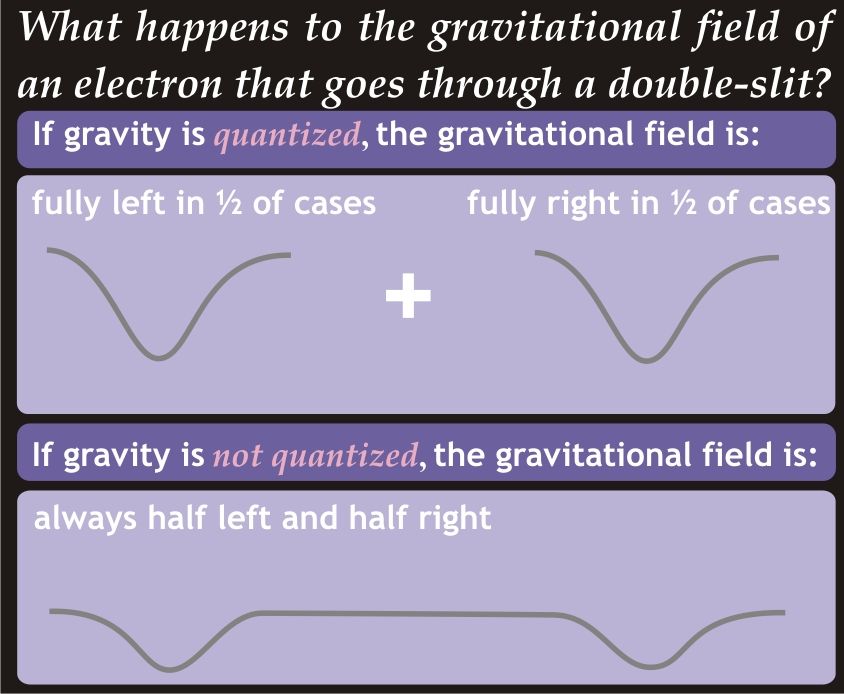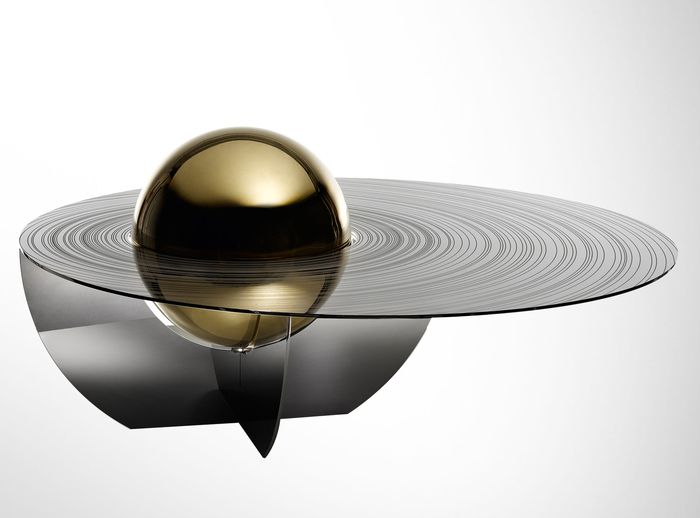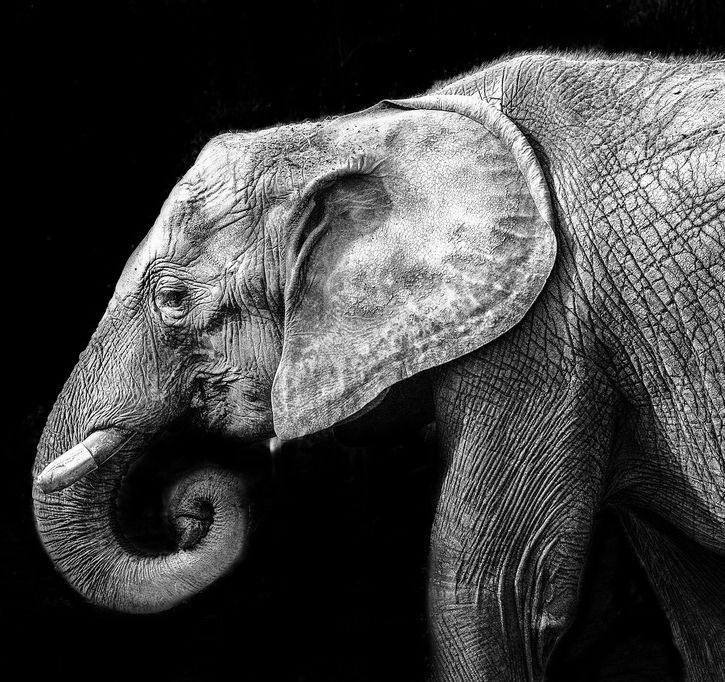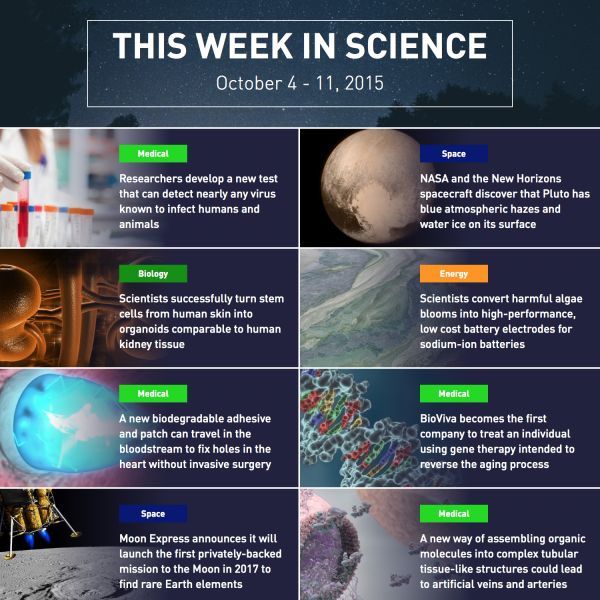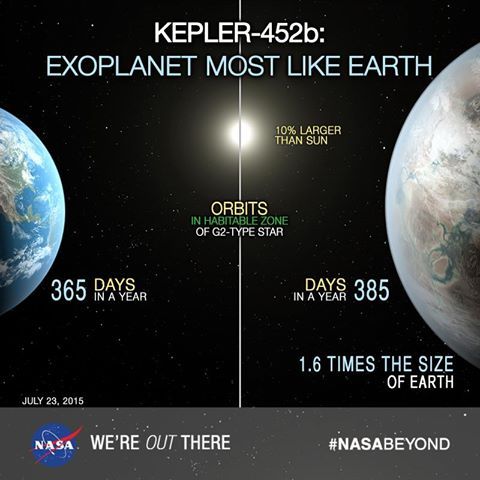Page 10986
Oct 12, 2015
Many of the world’s first cars ran on electricity
Posted by Aleksandar Vukovic in category: transportation
Oct 12, 2015
A newly proposed table-top experiment might be able to demonstrate that gravity is quantized
Posted by Andreas Matt in categories: particle physics, quantum physics
Tl;dr: Experimentalists are bringing increasingly massive systems into quantum states. They are now close to masses where they might be able to just measure what happens to the gravitational field.
Quantum effects of gravity are weak, so weak they are widely believed to not be measurable at all. Freeman Dyson indeed is fond of saying that a theory of quantum gravity is entirely unnecessary, arguing that we could never observe its effects anyway. Theorists of course disagree, and not just because they’re being paid to figure out the very theory Dyson deems unnecessary. Measurable or not, they search for a quantized version of gravity because the existing description of nature is not merely incomplete – it is far worse, it contains internal contradictions, meaning we know it is wrong.
Take the century-old double-slit experiment, the prime example for quantum behavior. A single electron that goes through the double-slit is able to interact with itself, as if it went through both slits at once. Its behavior is like that of a wave which overlaps with itself after passing an obstacle. And yet, when you measure the electron after it went through the slit it makes a dot on a screen, like a particle would. The wave-like behavior again shows up if one measures the distribution of many electrons that passed the slit. This and many other experiments demonstrate that the electron is neither a particle nor a wave – it is described by a wave-function from which we obtain a probability distribution, a formulation that is the core of quantum mechanics.
Oct 12, 2015
Space-inspired objects — By Helen Chislett | Financial Times
Posted by Odette Bohr Dienel in categories: media & arts, space, space travel
“When the Rosetta spacecraft deployed the Philae lander to land on a comet last November, the world held its breath. … Little surprise too that space is back on the design agenda as a primary source of inspiration. Visiting Design Miami/Basel in June, it was obvious that the “Philae effect” was having an impact much closer to home.”
Tag: design
Oct 12, 2015
What Protects Elephants From Cancer?
Posted by Robert James Powles in categories: biotech/medical, life extension
Elephants are long-lived, and rather large. Given their size and longevity, scientists have pondered what protects them from cancer for a long time. Thanks to new research, we now know.
A mystery unlocked
Cancer is a big problem. A staggering 1 in 2 people born after 1960 in the UK are predicted to develop cancer at some point in their lifetime. We may be living longer, but the extra years are coming with a raised cancer risk. We may be getting better at treatment, but we’re still finding out exactly what causes it, and how we can prevent it from being a danger altogether.
Oct 11, 2015
Key to longevity? Blocking over 200 genes boosts lifespan
Posted by Dan Kummer in categories: biotech/medical, genetics, health, life extension, nanotechnology
Aging is 100% genetic, the reason you go from infant to child to adult to old age.
We need to be scrutinizing Progeria, and the case of the girl who died at 20 and was stuck at the age of a toddler, for the key to the genes that will pause aging. While nanotechnology advances parallel with the cure for all diseases.
Once a bucket of genes linked to aging is removed, the lifespan of cells increases significantly, American scientists discovered during ten years of meticulous research, stressing that the results could be applied to humans.
Continue reading “Key to longevity? Blocking over 200 genes boosts lifespan” »
Oct 11, 2015
Elon Musk: Tesla autopilot features coming Thursday in software upgrade
Posted by Shailesh Prasad in categories: Elon Musk, robotics/AI, sustainability, transportation
Tesla’s latest software update is slated to roll out worldwide this week. Here’s what it will do.
Tesla Motors, the electric automaker, plans to roll out its latest software upgrade—version 7, which includes autopilot features—worldwide to owners of its Model S sedan on Thursday.
Tesla CEO Elon Musk made the announcement via a tweet this weekend. He also answered some of his Twitter followers’ questions about the new software.
Oct 11, 2015
This Week in Science: October 4th — 11th, 2015
Posted by Shailesh Prasad in categories: biotech/medical, life extension, science, space
This Week in Science: The First Privately Backed Moon Mission, Using Gene Therapy to Reverse Aging, Artificial Veins and Arteries, and More.
Go here for a clickable image: http://futurism.com/images/this-week-in-science-october-4th-11th-2015/?src=home
Sources
Detecting All Viruses:http://futurism.com/5srzA
Water on Pluto: http://futurism.com/aO2av
Kidney Tissue from Stem Cells: http://futurism.com/DLDON
Converting Algae Blooms into Electrodes: http://futurism.com/w9ez
Fixing Holes in Heart: http://futurism.com/a13Jd
Reversing Aging: http://futurism.com/TjaTL
Private Moon Mission: http://futurism.com/9V626
Artificial Veins: http://futurism.com/rKNzH
Oct 11, 2015
Close cousins? Comparison between Earth and Kepler-452b and their host stars
Posted by Shailesh Prasad in category: space
Scientists using data from NASA’s Kepler mission have confirmed the first near-Earth-size planet orbiting in the habitable zone of a sun-like star. The habitable zone is the region around a star where temperatures are just right for water to exist in its liquid form.
The artistic concept compares Earth (left) to the new planet, called Kepler-452b, which is about 60 percent larger. The illustration represents one possible appearance for Kepler-452b — scientists do not know whether the planet has oceans and continents like Earth.
Both planets orbit a G2-type star of about the same temperature; however, the star hosting Kepler-452b is 6 billion years old, 1.5 billion years older than our sun. As stars age, they become larger, hotter and brighter, as represented in the illustration. Kepler-452b’s star appears a bit larger and brighter.
Continue reading “Close cousins? Comparison between Earth and Kepler-452b and their host stars” »

